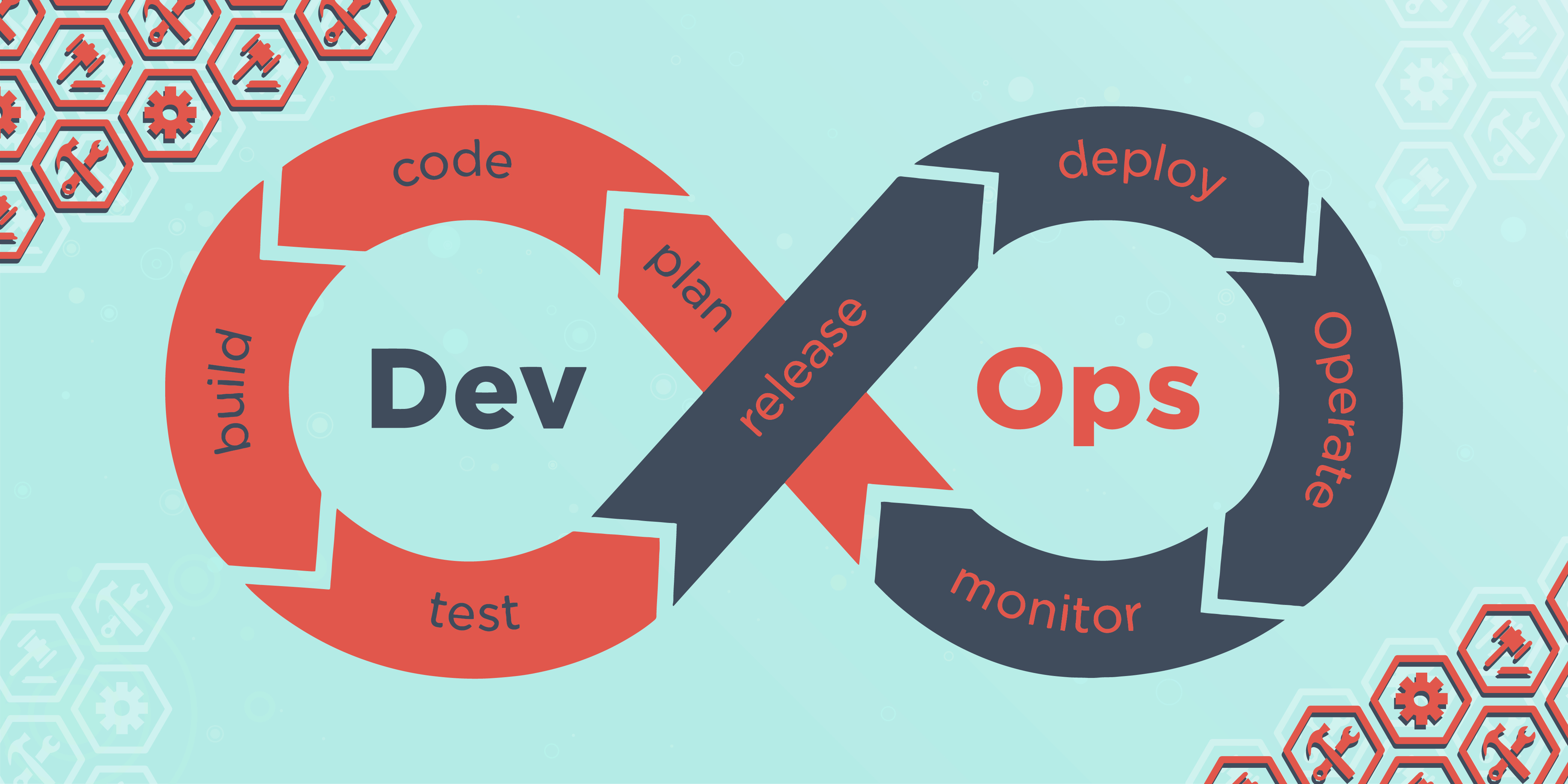UMBC Training Centers recently published a whitepaper describing the four pillars for organizations engaged in modernizing, fortifying, and scaling their IT systems. Reaching these objectives is a critical imperative and more achievable than ever given the 2018 National Defense Authorization Act which provisions the needed resources for modernizing government technology.

I’ll let you dig into the four focus areas over a cup of coffee or your favorite cocktail, but in summary, Jon Lau, UMBC Training Centers’ CTO, makes a strong case for these priorities:
- Becoming More Agile
- Moving to the Cloud
- Embracing Data Analytics
- Securing Systems and Infrastructure
What many IT Modernizers overlook is that success doesn’t come from the technology, but from the people who shape it and consume it—and who have to think and act differently to achieve success in the shifting sands of social, economic, and technological change.
Modernizing systems without changing our behavior is the equivalent to upgrading from a bicycle to a motorcycle and asking, how do I pedal? The behaviors that enabled forward progress in the past will no longer prove useful in the new environment. When we use the term behavioral change what we’re really talking about is a culture change within the organization. Everyone must embrace it together, and buy into the fact that the status quo is no longer supportable. So, what are some new concepts around behavioral change that we should seek to embrace?
Breaking silos – Technology has gone beyond supporting business operations. In the most successful organizations, it is considered a co-creator in driving business strategy and shaping vision. For this to occur, organizations must embed interdepartmental and cross-functional collaboration as a new norm in both business operations and IT planning.
Iterative planning and execution – This idea is at the heart of Agile thinking and is used beyond the realm of IT product development to include innovations in the proactive design of new or updated processes. Some call this business agility, which requires iterative and frequent reflection on what is working, what is not, and what is possible in terms of strengthening your business in an ever-changing world.
Delegate decision-making – Once opportunities for improvement are identified, enabling decision making at lower levels in the organization allows you to speed up the execution of your initiatives. New technology allows us to move faster, but old behaviors typically won’t. The challenge of running decisions up and down the leadership chain impedes progress and creates missed opportunities. For insecure leaders, shifting much of the decision making to lower levels of the organization can be a scary idea. That said, changes in technology, the competition, social norms, and more, are happening so fast that old methods for collecting information, evaluating opportunities, and approving them becomes riskier because they keep us stuck in what is not working. To get the most out of your motorcycle, stop trying to peddle it and learn how to drive it.
Create a sense of shared consciousness – Lastly, it is essential to embrace the idea of shared consciousness where every single member of the organization feels connected to its mission. It requires a high level of transparency from top to bottom and from bottom up—explained by some as circular communication—about what’s happening in the organization. This means flipping the model from who needs-to-know? to everyone needs-to-know.
Okay, so maybe you’re ready for that cocktail now? I know. I facilitate leadership development for many professionals in the IT field within government. Upon first hearing this, it is usually met with reservations. I’m sure many of you could go on about existing impediments to these types of behaviors.
So, here is my challenge to you. Are you able to make one behavioral shift on your own? Can you begin to shift your thinking from what is—to what’s possible?
If you’re interested in learning more about organizational DevOps, check out the recording of the panel discussion recorded at one of our Brew events. The conversation features John (our author here), Charles Simpson, chief scientist at Anthem Engineering, and Jon Lau, CTO at UMBC Training Centers, discussing DevOps difficulties and strategies from three different spheres of experience.
MEET JOHN FITZPATRICK.
John has worked with more than 300 companies, providing effective employee learning solutions targeted at reaching strategic business objectives. John is passionate about corporate learning and has enjoyed the challenge of helping clients develop strategies to remove barriers to performance through the strategic application of talent development, technology, and change management tactics.

